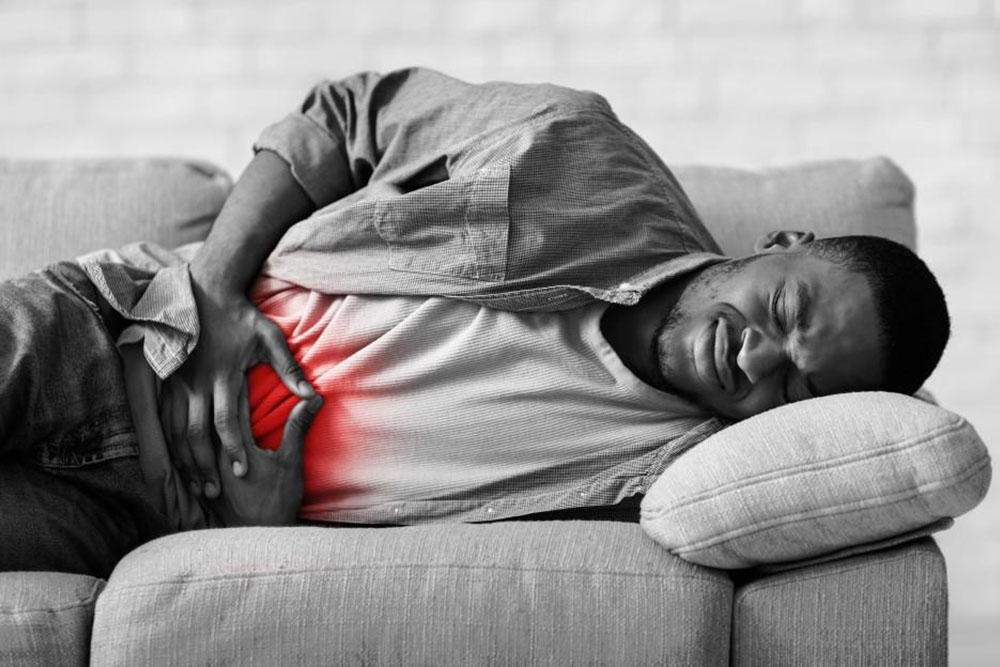How Dr. Rishi Chadha Diagnoses Liver Cysts
Dr. Chadha uses a clear, step-by-step approach:
1. Health History & Symptom Review
He reviews your personal and family health history, current symptoms, and any risk factors (e.g., past liver injury or infections).
2. Imaging Studies
An ultrasound or CT scan is performed to assess the cyst's size, shape, and location within the liver.
3. Blood Tests
Laboratory analysis checks liver enzymes, rules out infections or parasites (like echinococcus), and evaluates overall liver function.
4. Documentation & Coding
The ICD-10 code K76.8 (-Other specified diseases of liver-) is assigned for accurate records and insurance purposes.
Frequently Asked Questions
What causes liver cysts?
Most are present at birth. Some are from infections or polycystic liver disease.
Are they cancerous?
Simple cysts are not cancer. Scans help rule out rare tumors.
When is a liver cyst a problem?
If it's over 5-10 cm or causing pain, nausea, or jaundice.
Can cysts go away on their own?
No. Most stay the same size or grow slowly. Some need treatment.
What is the ICD-10 code for liver cysts?
Code K76.8 is used for -Other specified diseases of liver,- which includes liver cysts.
How often should I get a scan?
Usually every 6-12 months, based on size and symptoms.
Can diet help shrink a cyst?
No, but a healthy diet can reduce belly pressure and discomfort.
Can cysts come back after treatment?
Sometimes. That's why regular imaging is important.
Will I need to stay in the hospital?
Most treatments are done as outpatient procedures.











